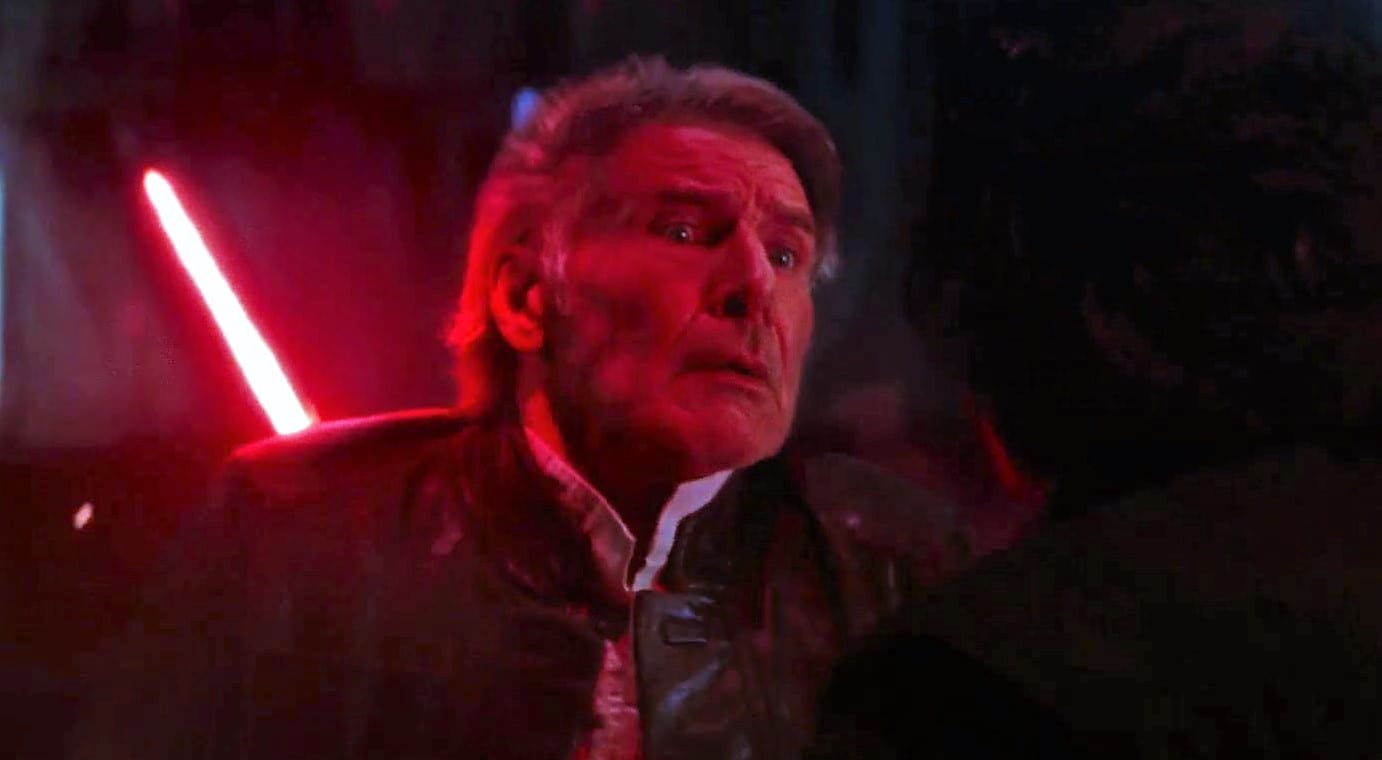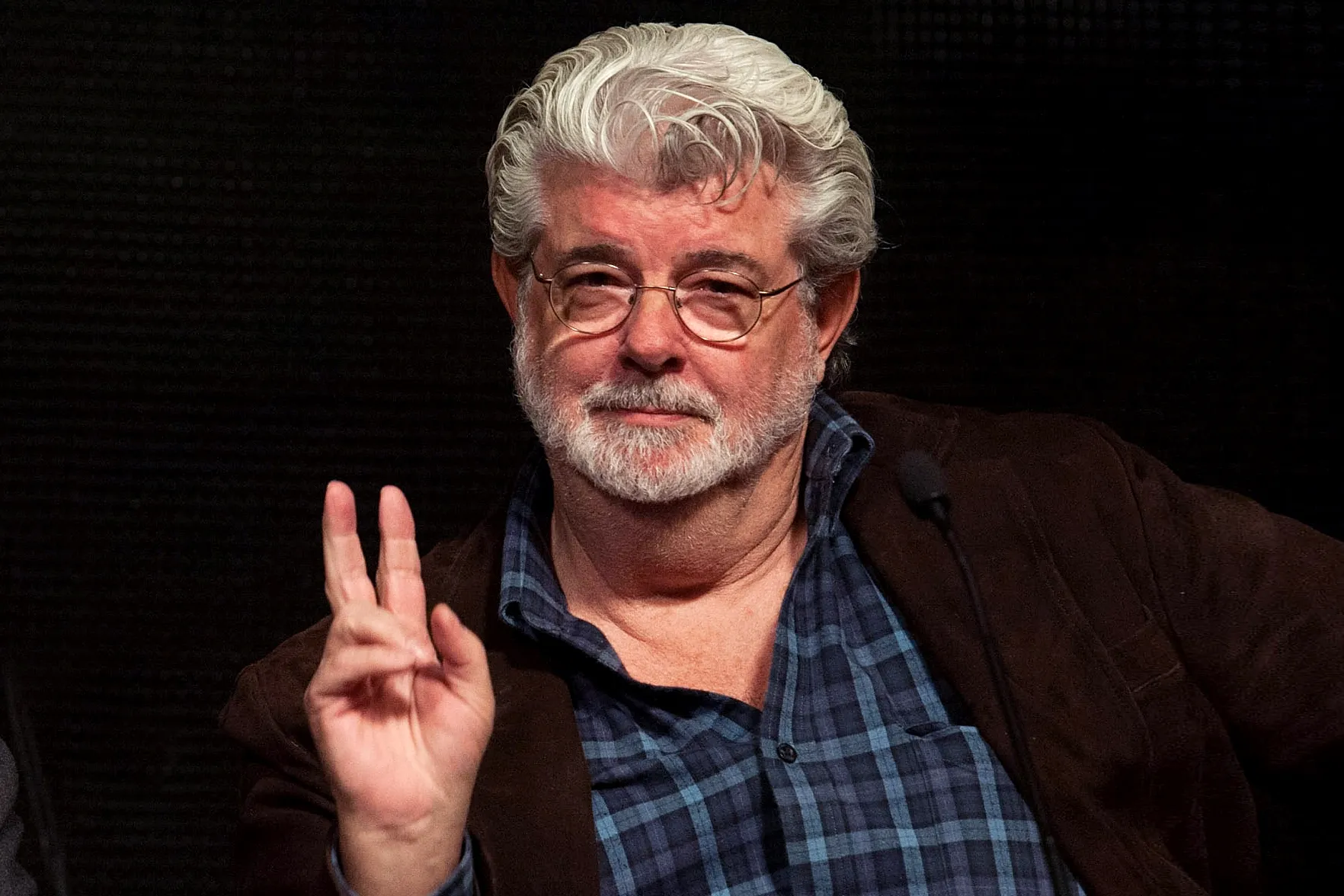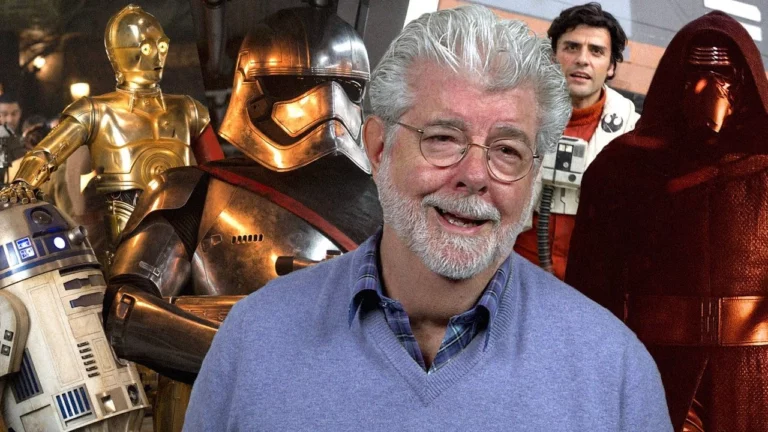In the vast expanse of Hollywood’s glittering history, few stories of artistic struggle resonate as deeply as that of George Lucas, the visionary behind some of the most iconic films in cinema. Before his monumental success with “Star Wars,” Lucas experienced a formative clash over creative control on the set of his earlier film, “American Graffiti.” This incident not only shaped his career but also his philosophy towards filmmaking.

The Underrated Gem: “American Graffiti” and Its Turbulent Journey
Released in 1973, “American Graffiti” paints a nostalgic picture of teenage life in the early 1960s, featuring a vibrant cast including a young Harrison Ford. The film was met with critical acclaim, boasting a commendable 93% on Rotten Tomatoes. Despite its success, the experience left a bitter taste in Lucas’s mouth, leading to an almost disavowal of his creation. Lucas expressed his displeasure, stating:
“It wasn’t a film by Lucas. It was a film made by me with changes by the studio. That isn’t fair.”
This dissatisfaction stemmed from the studio’s decision to cut five minutes from his final version—a move that deeply frustrated Lucas. His ambition for complete creative autonomy became a cornerstone of his career thereafter.
George Lucas’s Vow for Creative Freedom
This early career setback became a catalyst for Lucas’s future endeavors. In the aftermath, he vowed never to let studio interference affect his vision again, setting the stage for his future revolutionary projects. Lucas’s quest for independence is well documented, and in a 1978 interview, he outlined his ambitious plan to shield filmmakers from studio control, stating:

“I’m simply trying to become a free man. I’m trying to set up an alternative filmmaking that allows me more freedom to do what I want, within certain parameters.”
Lucas envisioned a conglomerate of four corporations aimed at providing financial and creative freedom for filmmakers, escaping what he called “the tyranny of the studios.”
Legacy of Lucas: A Freedom Fighter in the Film Industry
George Lucas’s journey from the frustrating edits of “American Graffiti” to the unbridled creative success of “Star Wars” is a testament to his resilience and vision. His efforts to establish a filmmaking environment that respects the individuality of creators have left an indelible mark on the industry.
“American Graffiti,” while initially a source of personal conflict for Lucas, remains a critical piece of film history and is available for streaming on platforms like Prime Video. It stands as a reminder of Lucas’s early vision and the battles he fought to bring his unfiltered ideas to the screen, paving the way for his subsequent cinematic triumphs.

George Lucas’s narrative is not just about creating worlds but also about fighting for the freedom to do so on his own terms, inspiring a generation of filmmakers to follow in his footsteps.
